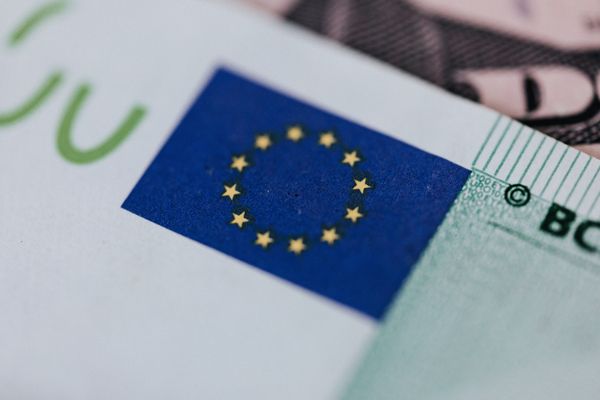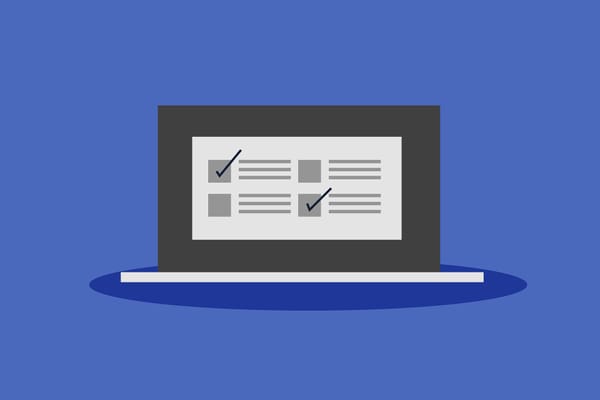Spain tops list of EU countries for number of GDPR fines issued. What this means for you

Out of the 28 nations in the EU, Spain is the country that has issued the largest number of GDPR-related fines (651), according to a recent study conducted by Proxyrack. Italy, Germany, Romania, Hungary and Greece are the next countries on the list, issuing 148, 144, 67 and 57 fines, respectively.
The study covers 4 years, starting with 2018, when the laws were first established in the European Union, and other findings reveal that:
- EU governments have handed out fines totaling over £2.5bn during the mentioned period
- The largest-ever individual fine, of £1.04bn, was imposed by Ireland's Data Protection Commission (DPC) on Meta in May 2022 regarding how the company transferred data between country borders.
- The latest significant sanction in Spain was imposed on Google for unlawfully disclosing information to another company, with a fine of €10m (£8.5m).
- The most common type of GDPR data breach is an "insufficient legal basis for data processing" - totaling 541 cases – referring to users' data used for advertisement purposes without their consent. The second and third most common reasons for fines are non-compliance with general data processing principles (425) and insufficient technical and organizational measures to ensure information security (318).
What do these numbers mean for internet users?
The high number of fines and the reasons for which they were issued indicate that there may be a disregard for data protection measures among organizations and companies. This situation puts users at risk of having their personal information mishandled, exposed for unauthorized access, not protected enough against attacks and potentially leaked in breaches. While data safety laws (and fines for not respecting them) will make companies more compliant in time, they are not enough to protect you from digital identity theft or fraud if your sensitive information gets in the wrong hands or places.
The best way to protect your data is to take control of it yourself. Think of all your information scattered in various online accounts, apps, and platforms. Do you trust every single company behind that they will take care of it? With all good intentions, will they do it better than you?
Get Digital Identity Protection and discover what is happening to your data
Bitdefender Digital Identity Protection continuously scans millions of websites and the Dark Web, searching for your data. You can see your digital footprint at a glance, check your breach history, map risk, and any personal information that may have ended online: passwords, physical addresses, and credit card details.
It alerts you immediately if you are involved in a breach or your data is at risk and suggests actions to minimize consequences.
You can use Bitdefender Digital Identity Protection as a prevention tool to check on your digital footprint or as a remediation tool to mitigate risks if you are involved in a breach.
In case of past incidents:
Identity Protection Score gives you a 360-degree view of your online identity. This is a feature of the Digital Identity Protection service, a number calculated based on analysis of your data breach exposure, including the number of data breaches you're linked to and the type of information compromised. The higher the score, the lower your risks of new data breaches and attacks on your identity.
Visualize your personalized risk map to make sense of all breach events linked to you. You can easily assess the potential impact of a data breach and take the best corrective actions. For example, if your personalized risk map is in the green, you don't need to take any additional actions – just remain vigilant, as you should always do online.
Moderate risks are tagged in orange and pink. If your risk levels are in this section, you need to check all security events, while critical risks (in the pink and red sections) mean that you should immediately change passwords and monitor for any signs of identity theft.
In case of future incidents:
Digital Identity Protection alerts you immediately when your data is exposed in a breach. It scans millions of websites and monitors the underground networks to check if your information is leaked on the Dark Web. You receive notifications about the event, details about your data, and easy, 1-click action items to minimize risks.
Read more about our identity protection and privacy solutions here.
tags
Author
Cristina is a freelance writer and a mother of two living in Denmark. Her 15 years experience in communication includes developing content for tv, online, mobile apps, and a chatbot.
View all postsRight now Top posts
How to Protect Your WhatsApp from Hackers and Scammers – 8 Key Settings and Best Practices
April 03, 2025
Outpacing Cyberthreats: Bitdefender Together with Scuderia Ferrari HP in 2025
March 12, 2025
Streamjacking Scams On YouTube Leverage CS2 Pro Player Championships to Defraud Gamers
February 20, 2025
How to Identify and Protect Yourself from Gaming Laptop Scams
February 11, 2025
FOLLOW US ON SOCIAL MEDIA
You might also like
Bookmarks







